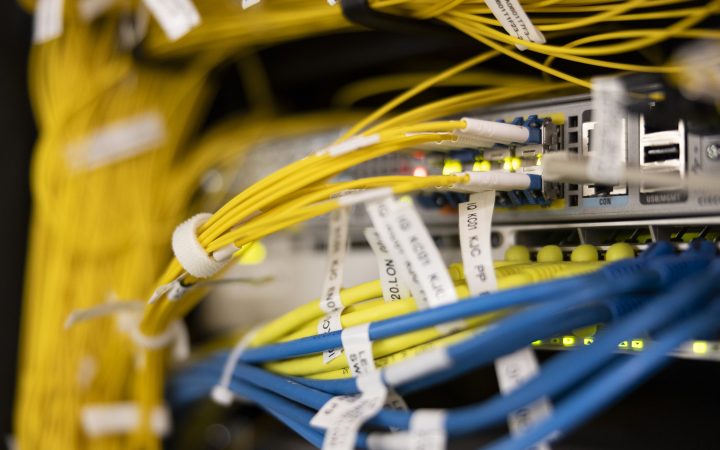Home ❯
Glossary
Breaking down the technologies, terminologies and acroyms across telecommunications.

What is Network as a Service?
| 15 min read What is Network as a Service? Network as a Service is a cloud-based service model that allows organisations to outsource their networking infrastructure. Instead of building and maintaining their own network components, businesses can rent network services from cloud providers. Explore our award-winning On Demand solution Network as a Service explained…
Read MoreWhat is Zero Trust?
| 15 min read What is Zero Trust? What’s the difference between Zero Trust and perimeter security? We explore the benefits and limitations of both solutions, so you can find the best fit for your business. Explore our award-winning SD-WAN solution What is perimeter security? A network perimeter represents the boundary between an organisation’s internal…
Read MoreWhat is Cloud Connect?
| 15 min read What is Cloud Connect? IP connect, cloud connect, direct connect, dedicated interconnect, direct link, fast connect …… What does it all mean?!? Explore our industry-leading cloud services An introduction to cloud connectivity Many Network Service Providers (NSP’s) have a range of options when it comes to cloud connectivity, though a lack…
Read MoreWhat is a local breakout?
| 15 min read What is a local internet breakout? How to better optimise your critical bandwidth and maintain performance of latency sensitive applications while still protecting sensitive traffic over a distributed network. Explore our award-winning SD-WAN solution What are local breakouts? A local breakout or internet breakout, is an access point located as close…
Read MoreWhat is Unified Communications (UC)?
Unified Communications describes the integration of multiple communication methods (such as Email, Phone, Video and Messaging) within a business.
Read MoreWhat Are Leased Lines? A Buyer’s Guide
What are leased lines? A leased line is a dedicated connection that provides a private, fixed-bandwidth data link exclusively for your business’s use. Unlike shared services such as standard broadband, a leased line does not have traffic contending for bandwidth, ensuring consistent high speeds and reliability. Leased lines are typically used by businesses for web-based…
Read MoreUnderstanding SASE: A comprehensive overview for modern network security
Secure Access Service Edge, better known as SASE is a recently emerging term, coined originally by Gartner in 2019. SASE is the convergence of modern WAN services and network security services into a single cloud based service model.
Read MoreThe ultimate guide to SD-WAN
| 15 min read What is SD-WAN? SD-WAN is a networking technology that enables you to manage & optimise the connectivity of multiple sites across different network transport services, such across the public internet, MPLS or LTE. Now, next-generation SD-WAN is here, and it uses the cloud to its fullest potential. Explore our award-winning SD-WAN…
Read MoreWhat is Hub & Spoke?
Ethernet Hub and Spoke is a ‘one to many’ architecture that offers a cost-effective solution to connect multiple services/locations (spokes) to a central site through a single, aggregated interface. Carrier ethernet services reduce complexity and are space efficient at the Hub site. A point-to-point network connects directly to a set of locations without interrupting services…
Read MoreWhat is high bandwidth?
Bandwidth, typically measured in bits, kilobits, or megabits per second, is the rate at which data flows over the network. This is a measure of throughput (amount per second) rather than speed (distance traveled per second). A high bandwidth network generally can deliver more information than a low bandwidth network given the same amount of…
Read MoreWhat is FIPS-certified?
The Federal Information Processing Standard 140-2 (or FIPS 140-2) is a cryptography standard that non-military U.S. federal agencies, as well as government contractors and service providers, must comply with in order to work with any federal government entities that collect, store, transfer, share and disseminate sensitive but unclassified (SBU) information. During FIPS certification, the file…
Read MoreWhat is a Financial Extranet?
An extranet is a private network used by organisations to provide external partners and other trusted third parties with secure and controlled access to their internal applications, processes and information. Colt’s financial extranet, PrizmNet, connects exchanges and other providers of financial content (including market data, research and other services) to an ecosystem of over 10,000…
Read More











